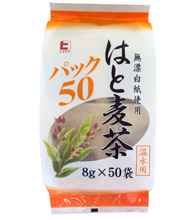
Japanese beauty,
from Barley Tea
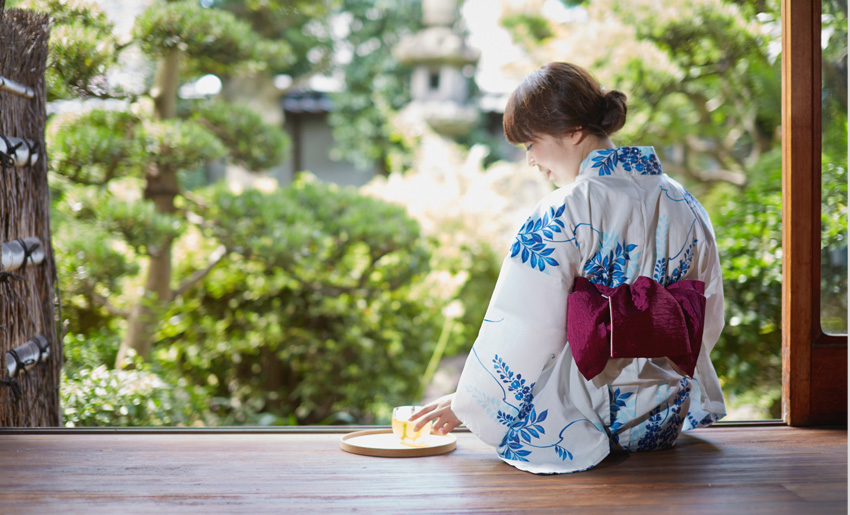
Open the windows wide, and let the breeze fill the room.
The sound of the cicadas comes in from outside.
Fill a large glass up to the brim with mugicha. A delicious start to the Japanese summer.
Why I drink Mugicha
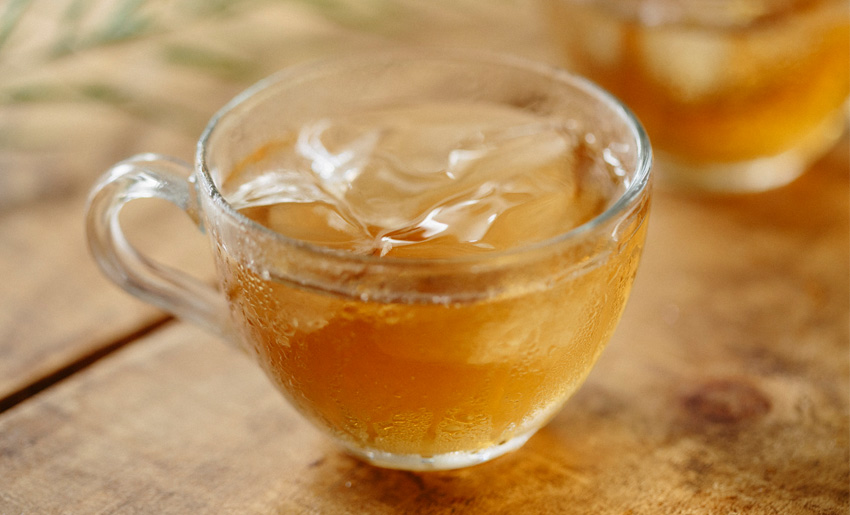
①Non-caffeinated and healthy
Caffeine can have positive effects on the body, but it can also create stimulus that we do not want. Non-caffeinated mugicha is
②Antioxidant power, through p-Coumaric acid to reduce reactive oxygen
Getting older isn’t all negative, but even so, hearing “You look young.” still makes me smile
③Soluble fiber for a healthy body
Flowing water remains transparent.
④Zero calorie
Of course, no calories. This makes it easy to stay hydrated.
Why I choose Hitachiya Honpo

①The natural sweetness of barley
Some barley has a pleasant bitterness, but if given a choice I prefer mugicha that highlights the sweet flavor of barley. Hitachiya Honpo uses a special ‘clean roast’ process. Compared to the commonly used sand-roasting procedure for other mugicha, this method brings out large amounts of the natural sweet flavor.
②A pioneer in the industry
Starting from the clean roast process, but also including mugicha teabags and mugicha sold in cans, Hitachiya Honpo undertook many firsts in the industry. For this reason, Hitachiya mugicha contains an adventurous spirit.
How Hitachiya Honpo Mugicha is made
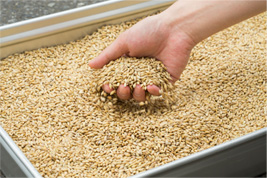
①Procure only the best barley
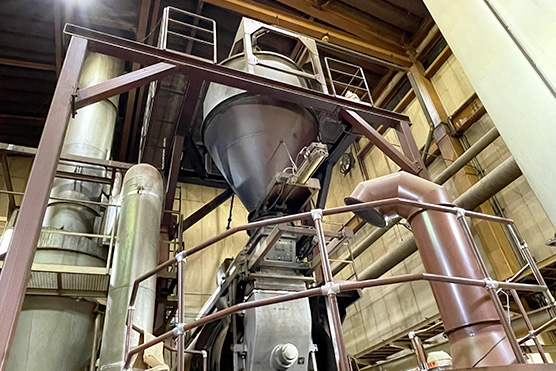
②Roasting
(clean roast process)
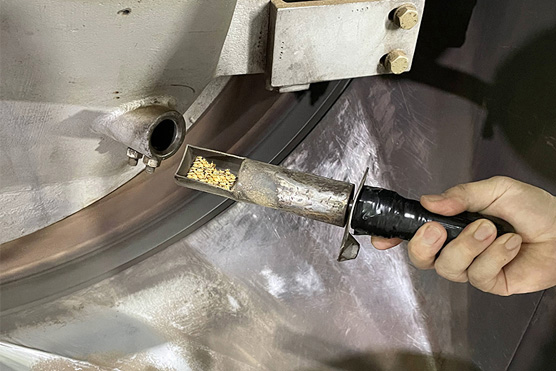
③Roasting level checked by
experts
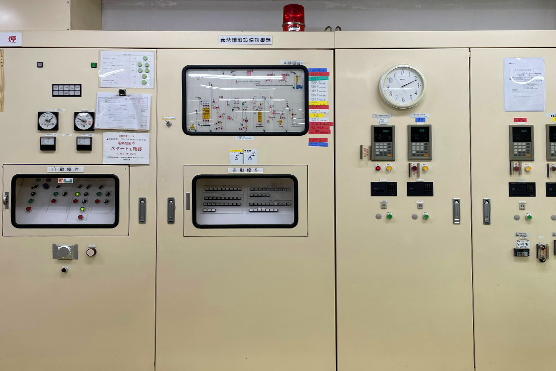
④The roasting is all controlled by
machines

⑤Roasted barley

⑥Immediately break it
into small pieces
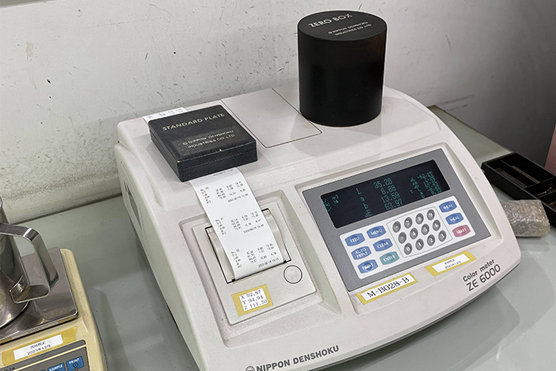
⑦Quality assurance confirmed by
machine
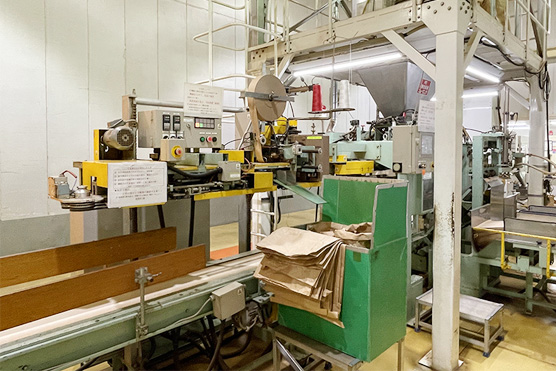
⑧Packaging process
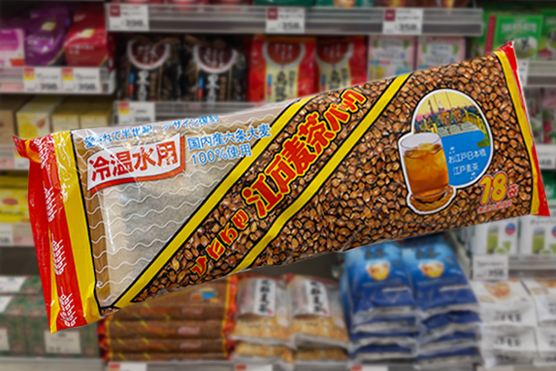
⑨Choose at your favorite
supermarket or other retailer
The history of Mugicha
During the Heian Period in Japan, grain was used as a staple food, which led to the productions of powdered flour and wheat. This wheat was boiled in water to create a hot drink. This can be considered the origin of “mugicha”, or barley tea.

A few generations later, during the Edo Period and Genryoku Bunka of the 18th century, barley merchants appeared on the streets. They provided food and drinks and sold various items, and were said to have been quite successful.

Later, during the Bunka and Bunsei Periods, barley stalls were a common sight in the active areas of town, and young, stylish women worked in serving the customers. People say on benches and enjoyed the brewed barley. It was considered a perfect place for rest and relaxation.
During the Meiji Era, barley was roasted in regular households, and as people began to brew their own tea it came to be known as a beverage drank at home. During the Showa Era, as refrigerators became common in homes, cold mugicha as we currently know it came into fashion, as began to be seen as an essential part of summer life.
The current name “mugicha” came into use in around Showa 40 (1965). At Hitachiya Honpo, we developed the first mugicha teabags in Japan, which went on sale as “Edo Mugicha Pack” in Showa 38 (1963).
How to brew

By being careful of just a few simple points, you can brew unbelievably delicious mugicha
Here’s how to brew:

①Boil hot water in a pot, add tea bags,
and let simmer for 3 minutes. (Be careful not to overboil).
②Turn off the heat, and let the bags sit in the water for 30 minutes.
③Remove the teabags, and let cool.
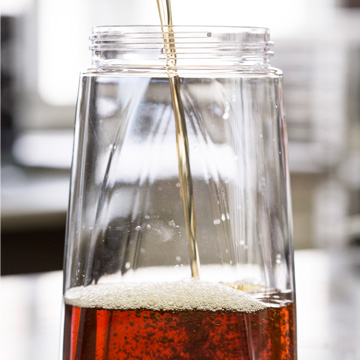
④Pour it into a bottle or pitcher
⑤Chill in the refrigerator, and enjoy!
Customer Feedback
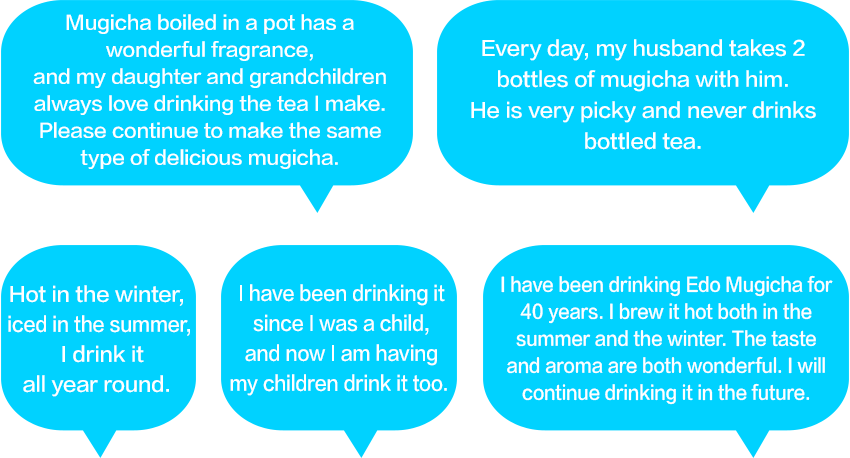
Hitachiya Honpo Product List
For Pot Brewing
Edo Mugicha
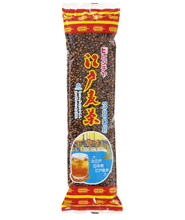
Pan-Fired Edo Mugicha
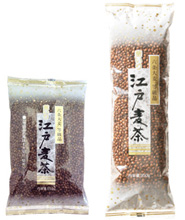
Tea Bags
Edo Mugicha Pack 18 count

Ganso Rokujo Mugicha Pack 18 count

Economy Packs
Economy Edo Mugicha 50 count

Economy Edo Mugicha 52 count (Hot and Cold use)

Sango Mugicha 52 count

Ganso Rokujo Mugicha Pack 60 count
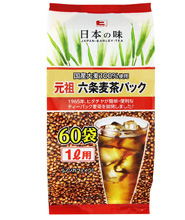
Health Tea
Pearl Barley Pack 50 count
